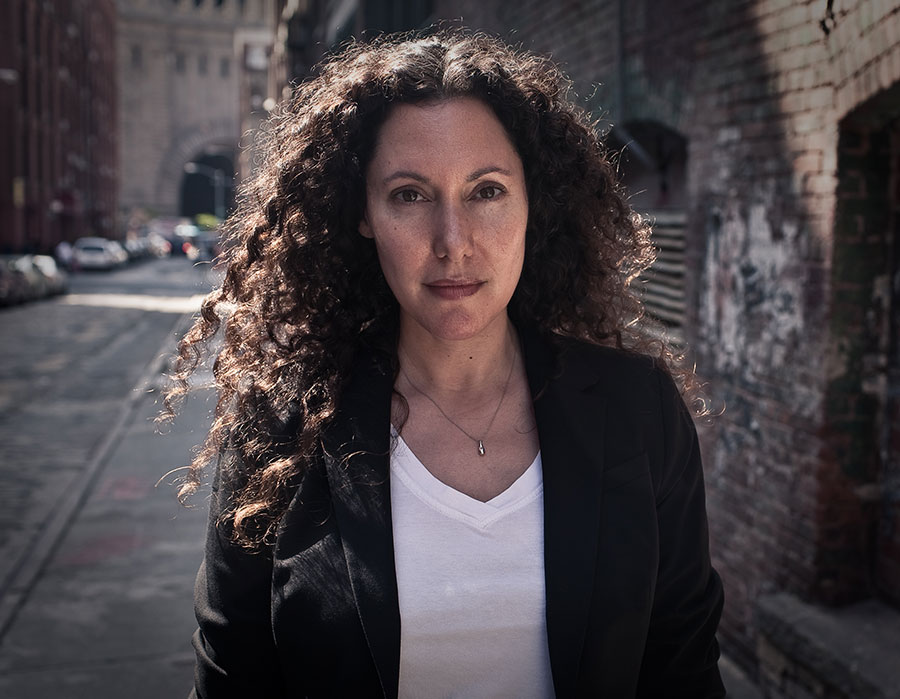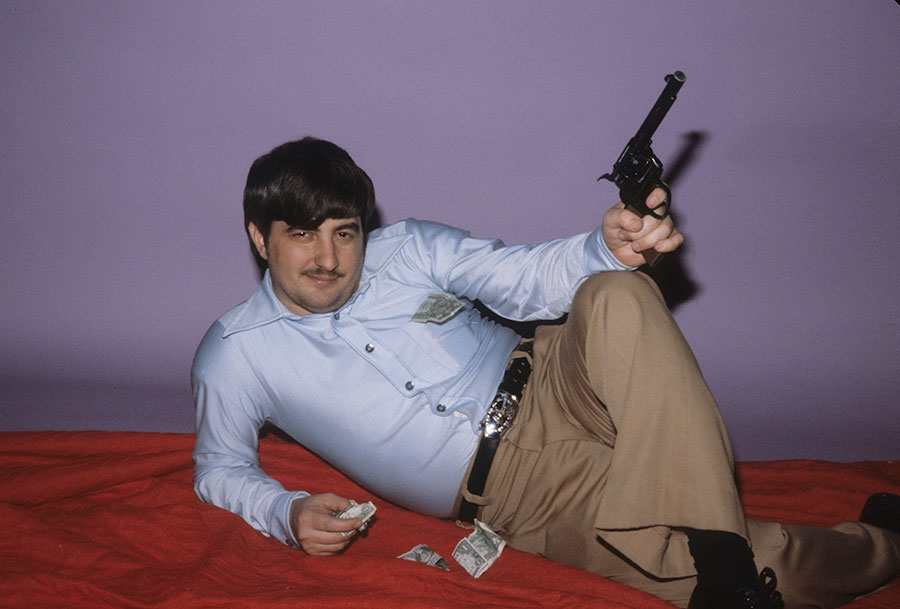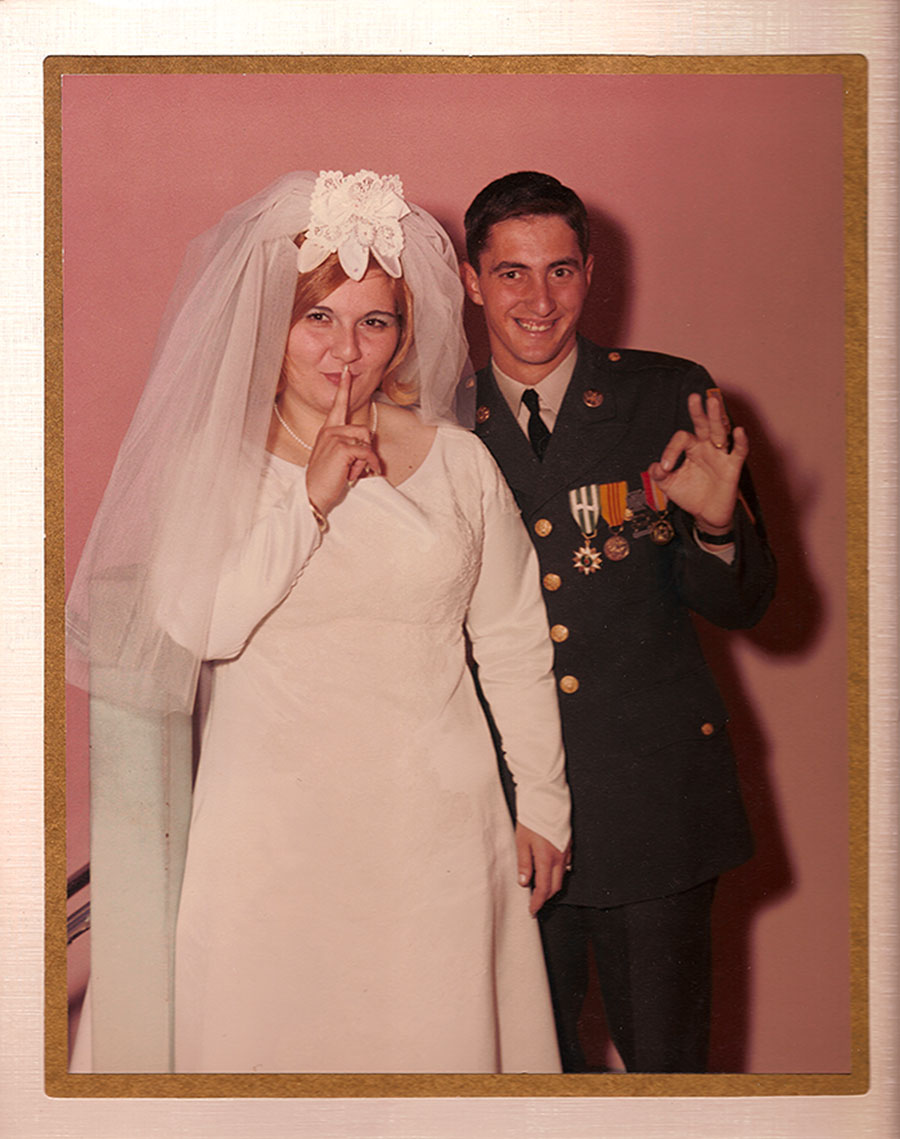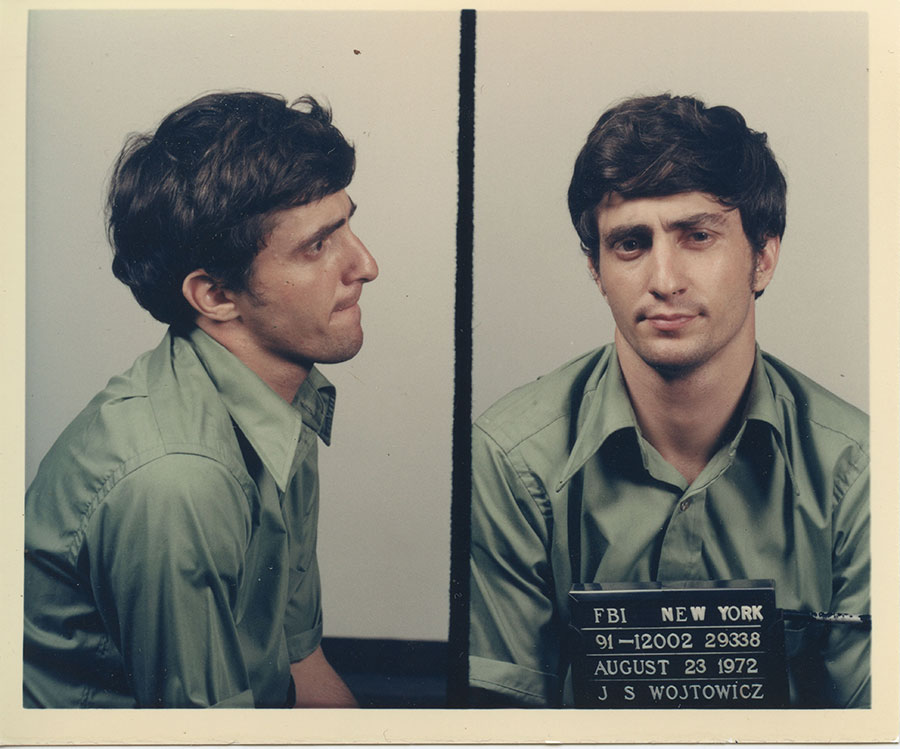
Back in 2001, filmmaker Allison Berg thought she was prepared. She was in the process of editing her first documentary film, Witches in Exile, when a fire broke out in her neighbor's apartment. While her building was evacuated, she watched in horror from the sidewalk below as firefighters doused her building with water, uncertain whether the footage she thought was safe might be lost forever. Berg had made copies of all her footage for Witches in Exile but everything was stored in the apartment. If the fire had spread, she would have lost the entire film. From this experience, lessons were learned and on the next film, The Dog, Berg and her directing partner Frank Keraudren took specific steps to protect their footage. But this issue of safe and secure preservation of valuable, one-of-a-kind footage is a common one for filmmakers like Berg in the age of digital storage. This challenge of how to understand and navigate digital storage formats is relatively new to everyone, leading scores of filmmakers, archivists and historians alike to ask: How do filmmakers best one secure their footage in the digital age?
Enter the Documentary Preservation Summit, a two-day event co-presented by the IDA and DOC NYC in New York City, which focused on the preservation of the documentary art form. Filmmaker Allison Berg joined us for the panel Best Practices: Don't Lose Your Film in the Digital Age, alongside Rufus de Rham of Activist Archivists, Clara Fon-Sing of NBCUniversal Archives, and filmmaker David Leitner.
After the conclusion of a whirlwind two-day event, we followed up with Berg to ask her what filmmakers should be doing right now to make sure your work is safe, what is her preferred storage and backup formats, what we can all learn from the mistakes of fellow filmmakers, and why preservation and storage should absolutely be in your budget.
If a filmmaker is just starting up a film, what should she be doing right now to properly archive her work?
For a filmmaker starting up a new film right now, get organized from the outset. As you begin shooting, here are some tips:
- Have three drives (most people only have two, but, ideally, you would have three — two backups and one that becomes your working drive). Number each of your cards so you can easily keep track of what you shot. If you don't have a media manager and won't get a chance to download a card right away, keep cards with footage on them in a separate location from your unused cards. Eliminate the chance to lose your shot footage!
- When downloading your footage, use an application to verify that your footage is not corrupted. Save directly to each drive - do not copy from one drive to another (this way you further reduce the chance for corrupted files).
- Have a very specific system for naming your files.
- After each time backing up your material, store your drives in three separate locations. When traveling, FedEx one drive back home.
- Keep a document, a tape log so that you know the date, how many cards you shot that day and what you shot.
- Documentaries can take several years to make, so be sure that you're turning your backup drives on every six months or so. You need to run them and make sure everything is still in working order. If your film takes several years, think about getting new drives every few years - you'll need to update your backups as all drives have mysterious expiration dates.
- Ideally, at least one set of your footage/drive(s) is kept in a storage location that is fireproof/waterproof. I've learned from personal experience that this can save your film.
In relation to migration of formats, what should a filmmaker do with films that she's made in the past but hasn't done much thinking about in recent years?
Oh, I really started fretting about this during the Summit! I have a film that's 10 years old. I have a couple of DigiBeta masters. And I have the film online with my educational distributor. I think I've been OK, but now the film is 10 years old, so I should really look into getting my DigiBeta digitized and make a Pro Res.

One issue addressed at the Preservation Summit was how clearances can affect filmmakers’ future ability to make their films publicly available. Are you concerned that any of the clearances you negotiated for archival material or music for The Dog (or one of your earlier films) may limit the future availability of that film? Any advice to filmmakers in this area?
Specifically with The Dog, we were able to clear all the material for worldwide use in perpetuity (or, as it’s coined, "throughout the universe") in all media now known or hereafter devised. I think there are certain instances, such as footage from the Olympics, which was discussed at the Summit, that are notoriously difficult to clear. But we always felt that we needed to have a big budget for clearances because we didn't want to get stuck in the future. Frank and I both have a lot of experience with films that have a lot of archival and music and we knew that if we got a shot for a theatrical release, we were going to have to clear all of it for everything. That being said, we did need to make some changes; for example, one song specifically that we couldn't use because we knew we would never be able to afford to license it. You should get familiar with these costs as you're making your film so you don't have to make too many of those tough changes toward the end.
What is your preferred format for storage/backup of your masters? Why?
Right now we have masters of the finished film on DCP, Pro-Res, HDCam and Beta. (The masters of our shot footage are on various digital tape formats). We're still trying to figure out the best way to preserve The Dog, and even over drinks post-Summit, we were hearing people say, "Make a film print.” Would love to hear more about the best format, but seems to me like the consensus is still out.

How did you backup files and physically protect them on The Dog to ensure that all of your footage was secure and accessible…and will be in the future?
We were paranoid creatures on The Dog. We started this film all the way back in 2002 shooting on tape, so we made clones of all our tapes. We kept one set in a fireproof safe in my apartment and one set in a commercial storage facility in a waterproof safe. Each time we took out tapes we needed in the edit, we'd take them out of the commercial unit. We kept a document "checking out" each tape, like a lending library so we could keep track of where the tapes went. The film took us a very long time to edit - primarily as both of us were working on other films and TV projects over the years. When you come back into the edit after four or five months, it can be hard to keep track of everything and what was placed where. Having a system and staying organized is key (and no, we weren't perfect — there were many times that we'd be scratching our heads trying to recall where we "safely" put something). Ideally, this isn't going to be such an issue now that people are shooting on cards and drives can hold so much more that 12 years ago. The tricky part now is that you can lose something so much easier when there's no physical material — it just takes one download that is not backed up and where you might not check if the file was corrupted; re-format that card by mistake and what you shot has disappeared.
Did you assign budget line items associated with archiving The Dog? What were the line items? Approximately how much in total?
Drives. We definitely had a line item for a number of drives. I believe it was $1500, but it ended up costing us more (you'll need drives to back up your film but also drives to deliver to your US distributor, international distributor and/or international sales agent). We also spent money on tape stock for the clones and the two safes. What we didn't properly budget for is the commercial storage unit, which on a film that has taken so many years, really adds up! And the professional film storage for once the film is made.
On a scale of 1 - 10, with 10 being the highest priority, how would you rank personal archiving / preservation as a priority in your work?
I think most filmmakers would agree that it's up there as a 9 or 10 but we all seem to forget that until there's a chance of losing your footage or film. It's such a daunting task making an independent film and there's a never-ending list of things to do, especially if you have a small team and very limited resources. It's easy to put off archiving / preserving your work. But what's the point of making a film if no one will be able to see it? We need to do better for ourselves and our art.
In terms of preservation, do you think existing archives are adequate to meet the demands of filmmakers such as yourself? Are you confident that The Dog, for example, will be preserved by an institution such as those represented at the Summit?
In an ideal world right now, we would have the money to make a film print and send it to the Library of Congress. But I don't think that's going to happen (unless there's someone out there who wants to help pay for it?). So we have a lot of research to do. Our film is safely preserved and stored now, but I'd love for it to also be at an institution such as LOC or UCLA.

What did you learn from the Summit that might inform your future work/activities in this area?
David Leitner—I think I'm just going to do whatever he says.
But really, I think right now it's about staying a part of this conversation and following the new developments. Between the work of IndieCollect and all the other panelists, I think a game plan can possibly be sorted out over the coming year or two. Until then, it's up to you to keep backing up and safeguarding your film.
How can the work that IndieCollect is doing benefit doc filmmakers?
I am very excited about the work of IndieCollect. I think it will be a great resource for independent filmmakers and will also lead the way, giving us guidelines for how best to preserve our work and what institutions will take it. I think we will have more answers to this over the course of the next year. I think that their initiative to have filmmakers sign up with them and input information about their own films is a smart way to begin to get organized so that we don't lose track over the years of so many great independent films.
What would you say to various doc organizations, such as funders, IDA, Sundance, etc., about what you think they should be doing to support filmmakers in this area?
I think that this is similar to the grants that have developed in recent years for outreach and audience engagement. The more awareness of the issues that filmmakers are facing in preserving their work, especially in the now-digital world, hopefully, there will be steps taken to provide funding and help secure places to preserve our films.
Stay tuned for more interviews with key filmmakers, archivists, historians and preservation experts that will focus on the issues of preserving documentary films.
